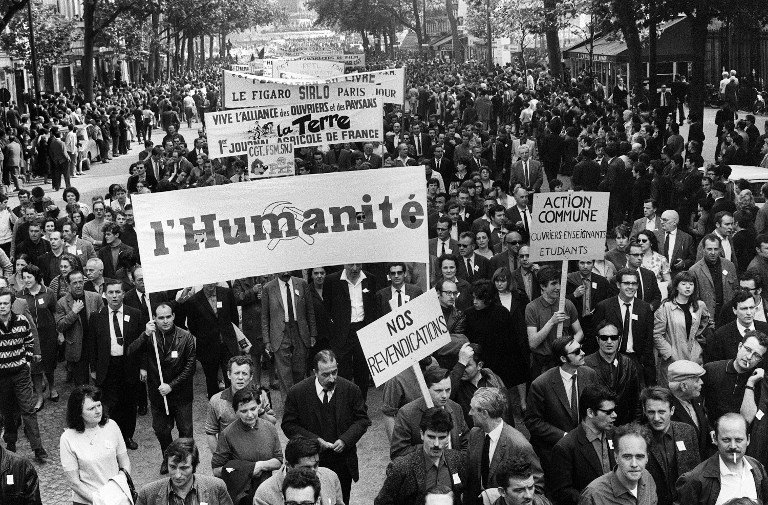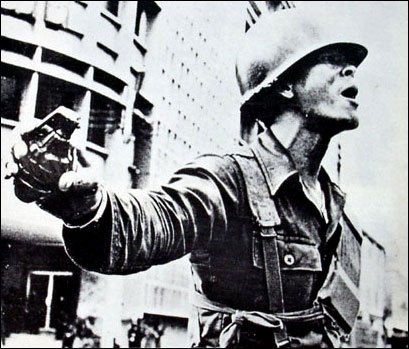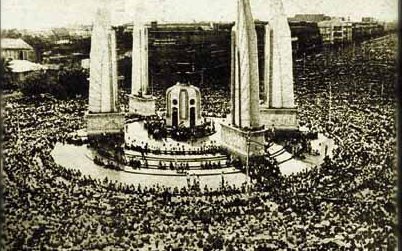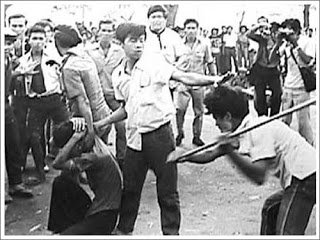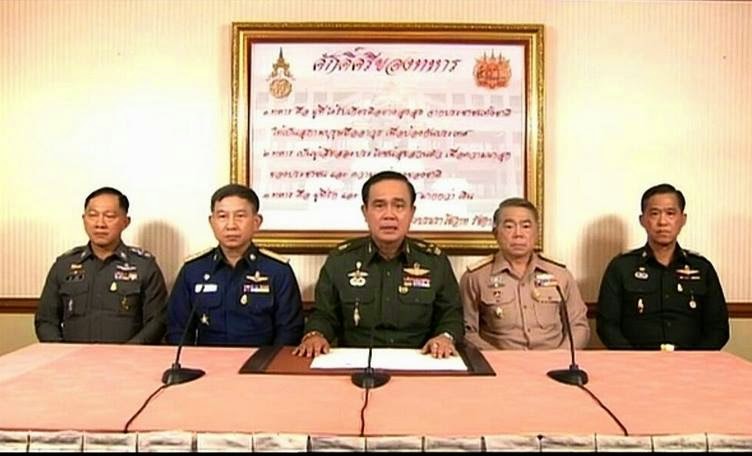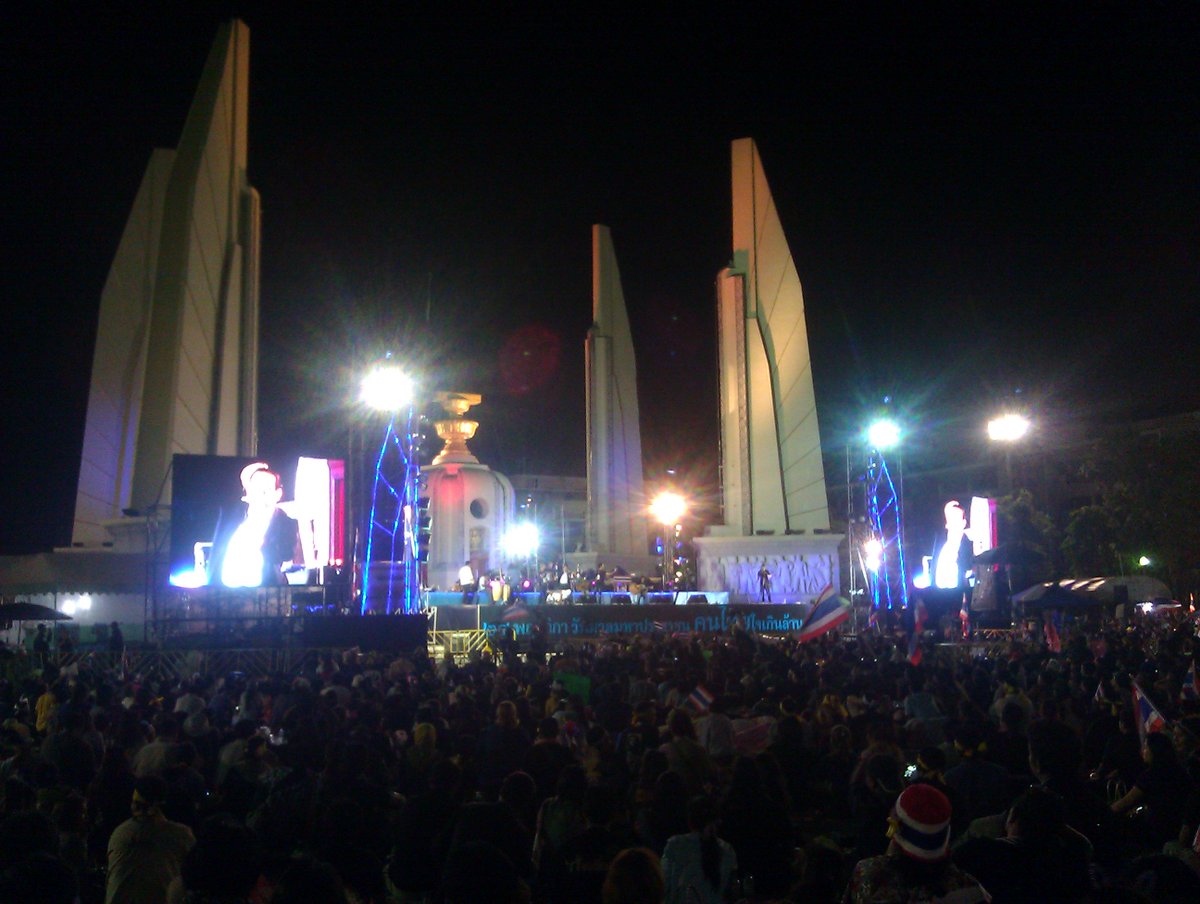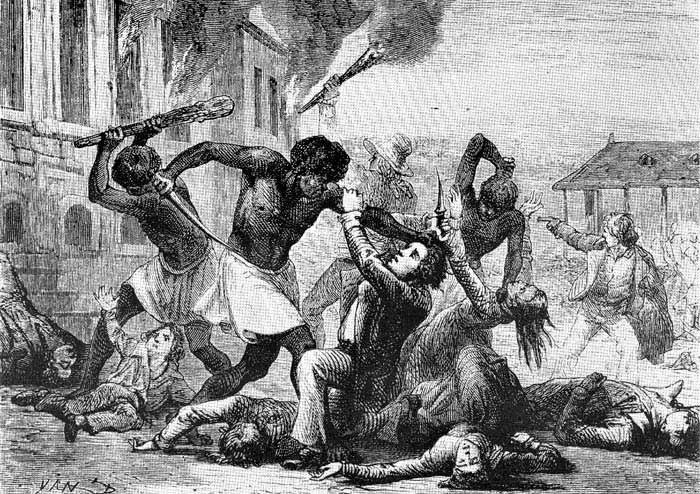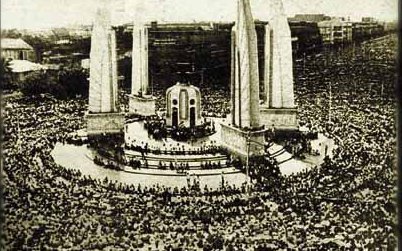
The uprising unleashed a range of political forces not seen in Thailand before and the country gradually became more polarized. In the immediate aftermath of the uprising, there was a popular perception of promise and euphoria.
uglytruththailand.wordpress.com/2014/10/14/the… - Wordpress
en.wikipedia.org/wiki/1973_Thai… - Wikipedia
news.bbc.co.uk/onthisday/hi/d… - BBC
tour-bangkok-legacies.com/14-october-197… - Tour Bangkok Legacies

